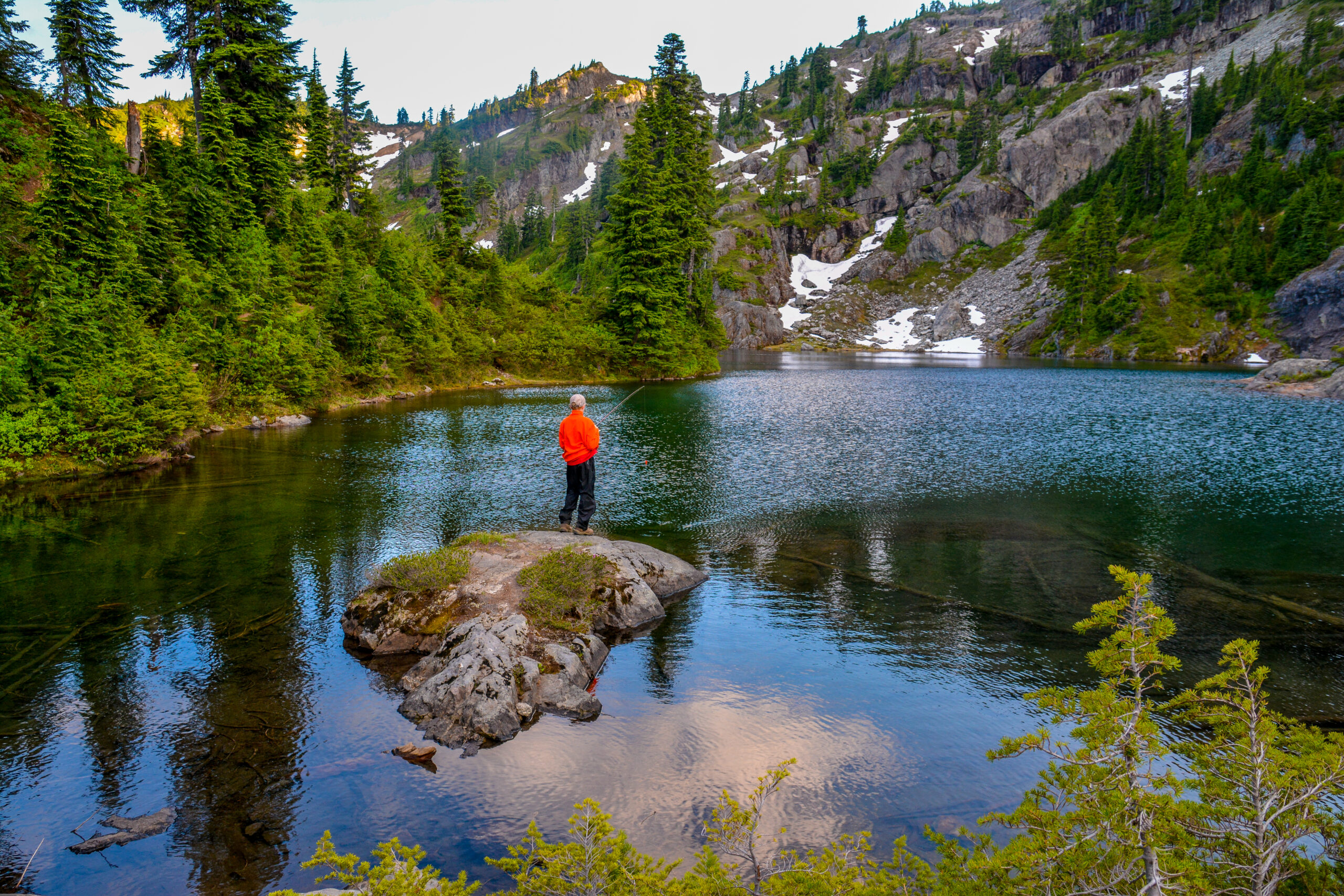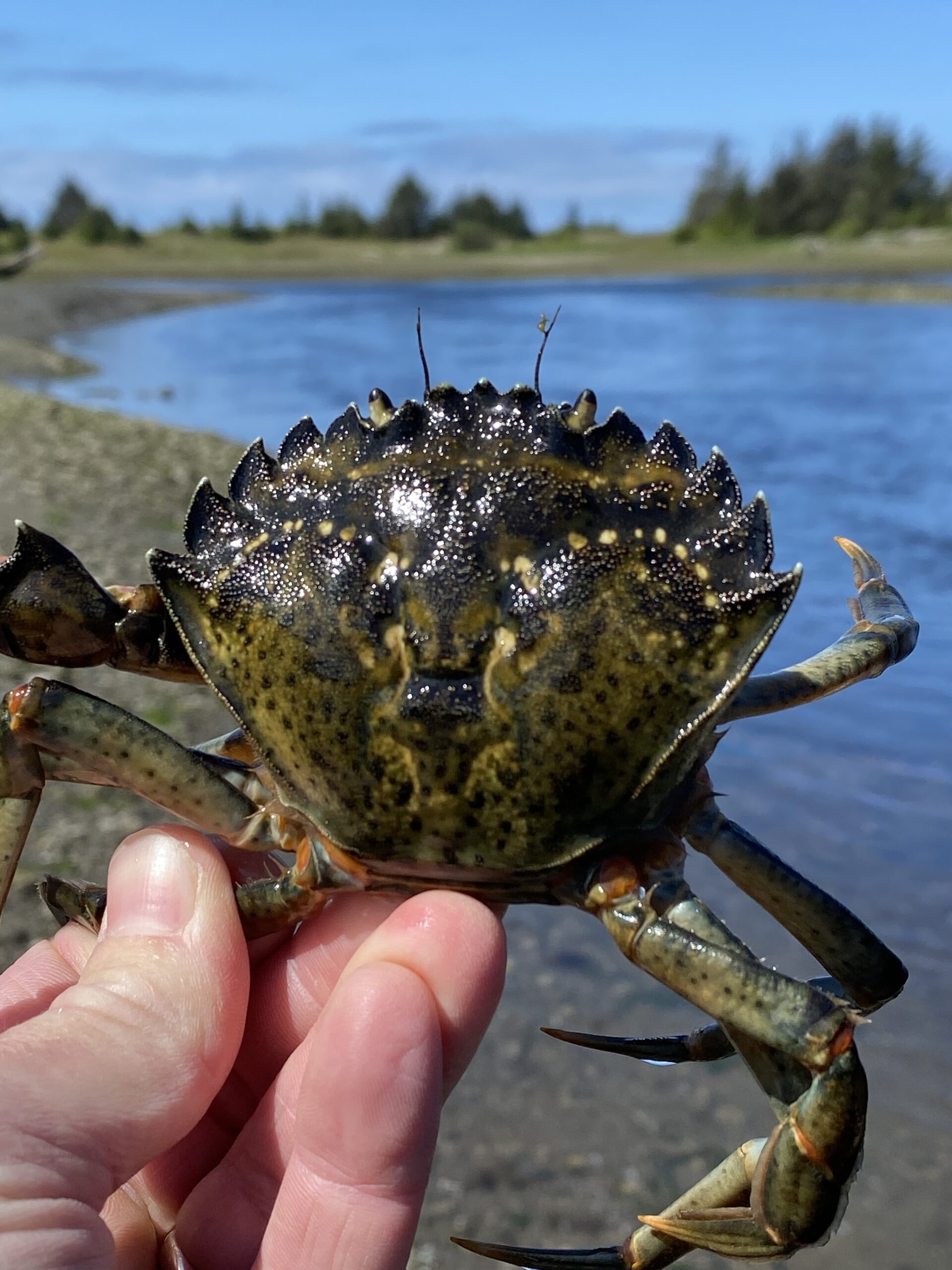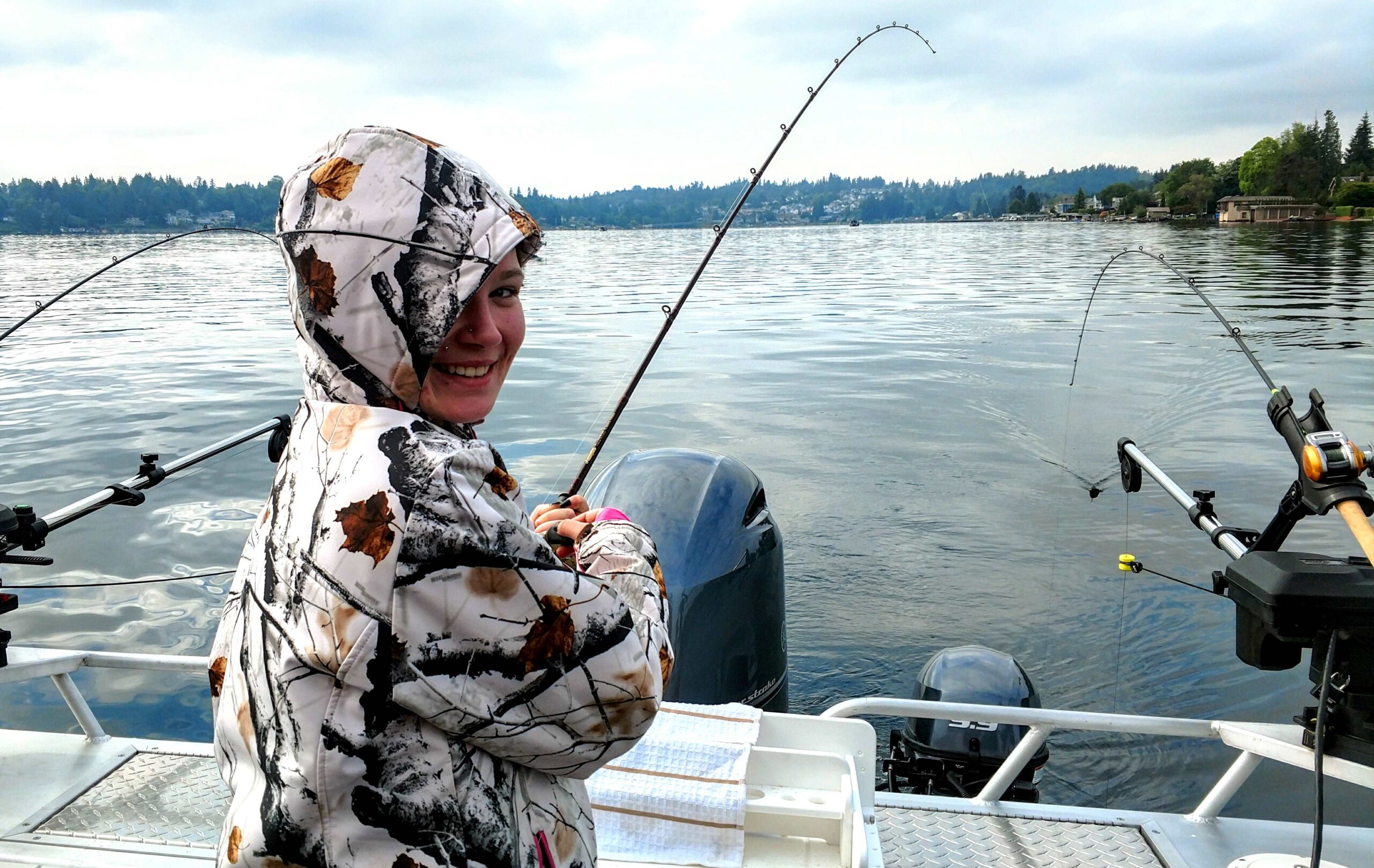All winter long we kept hearing about the Pacific Northwest’s lack of snowpack and how it would affect our summer. A call for a drought, possible bad wildland fire season, lack of drinking water, and all the “doom and gloom” news agencies use to sell us fear. Sure, the snowpack is low but spring rains came and filled our reservoirs so the threat of a significant wildfire season is still lingering but what I kept hearing all winter and spring was how the backcountry would be snow-free very soon.
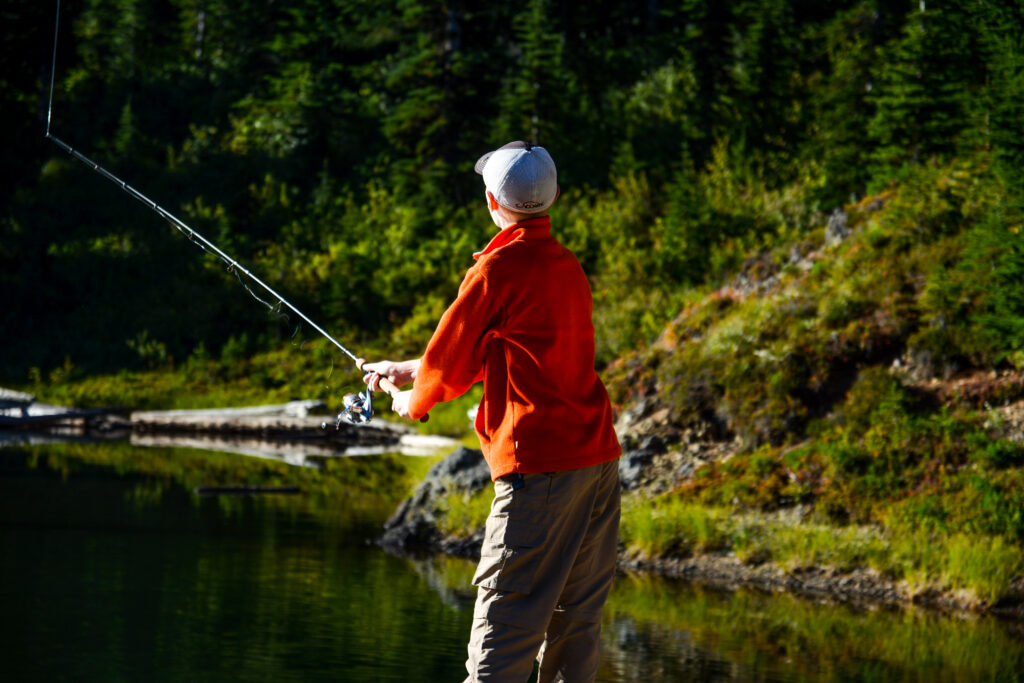
My normal backcountry fishing trips usually start around the 4th of July and continue well into late fall. However, this year the trails will likely be open and navigable, streams will be receding, and lakes will be ice-free come mid-June and that means it is time to strap on the boots, load the tent into the backpack, and grab the lightweight fishing gear.
Before you load up the pack and throw it in the small tackle container it is best to check mountain conditions. Even in June, you should always be ready for some chilly weather and high stream crossings. The SNOTEL Washington website provided by the U.S. Department of Agriculture will give you up-to-date data on current snowpack. Then do a quick search for river levels at the USGS website to let you know how much of that snow is melting.
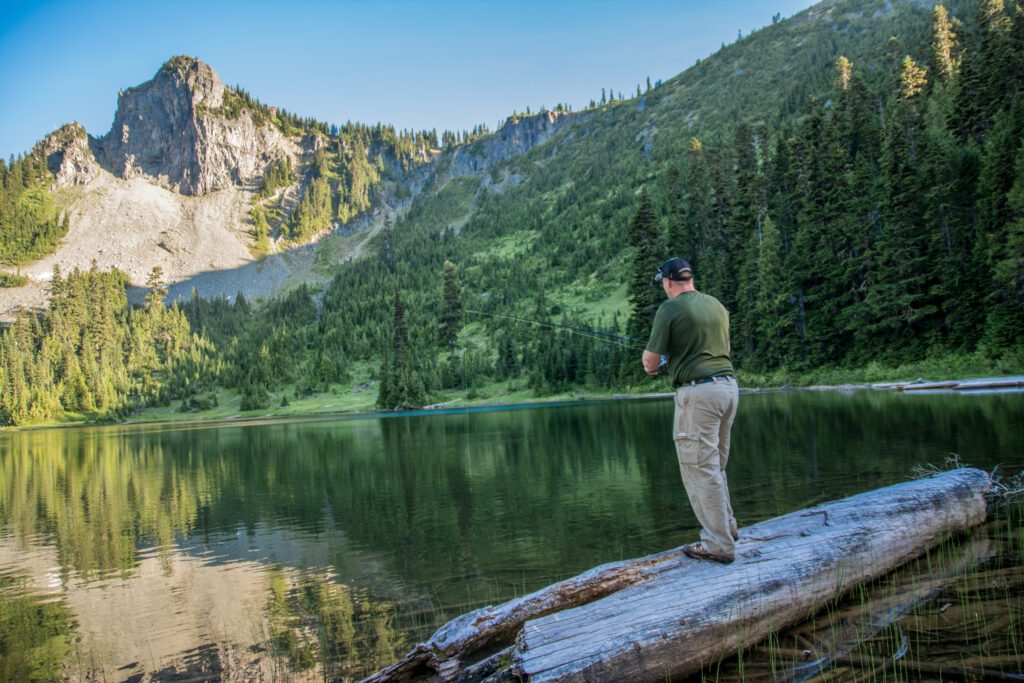
Once you figure out if the lake you are trying to get to is not only ice-free and if any streams you might have to cross to get there are safe to wade then one last web check for trail conditions at websites like the Washington Trails Association can provide you with important information such as any hazards on the trail, or if downed trees and other useful tidbits have blocked the trailhead. The main reason you want to research before you go is that June can be an interesting month for those trying to get to the backcountry. South-facing slopes will be open and snow-free but any north-facing slopes might still have lingering snow and making it impossible to get to the lake.
As the month wanes on most of the high country will be opened up and access will not be as much of an issue. Bugs will be hatching and though that makes for great fishing it also means a bit of an annoyance. Last year my son and I hiked into a relatively low “high mountain lake” that was at about 3,000 feet elevation. Fish were jumping and we soon found out why. Mosquitos flocked to our skin and swarmed us to the point that Deet was not going to be enough. Luckily, I had brought along Thermacells for both of us and plenty of extra butane cartridges and chemical pads that keep the bugs away. I also had a quick lesson on Thermacell’s and that if you choose to strap them onto your pack to be sure that the vents do not become blocked as it can overheat and even melt the nylon on your pack.
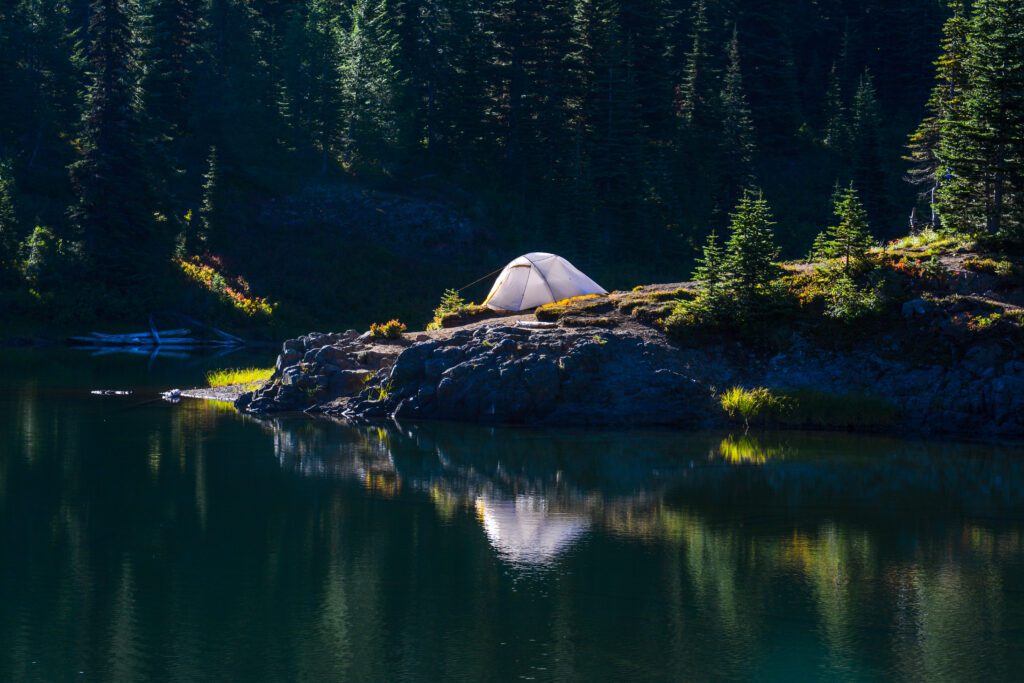
Long-sleeved shirts, lightweight hiking pants, and head nets will help with keeping bugs away and make for a more comfortable day of hiking and fishing. A lightweight double wall tent is also an excellent choice so you can make a quick bug-free area to sit and eat lunch or just rest and get away from the bugs for a bit. Being double-walled means the inner wall is a mesh material and you can leave the rainfly off if the weather is nice or put it on if the clouds come up.
Weather is another factor for June’s high-country adventures. Cool mornings and warm afternoons often mean thermal winds. Welcome the breeze as it will help keep the mosquitos at bay but also be ready if an afternoon thunderstorm approaches. Rain and even a snow shower is common in June in higher elevations as it is still springtime up in the mountains. Keep in mind that if you hike into a wilderness area fires are often not allowed so drying out can be a challenge.
When it comes to finding the right lake be sure to check out the fish and wildlife website and other resources. For those of us in Washington the WDFW has a tab for “high lakes” and there you can find a list of lakes which include their location by GPS as well as their elevation and size. It also will have directions to the trailhead or lake itself and even a stocking schedule on when it was last stocked. These lakes are often supplemented with fish that are hiked in by volunteer groups and periodically restock the lake. Some lakes have natural production if there is a cold creek that trout can spawn in or if they have brook trout, which is a member of the char family and can spawn in the lake itself.
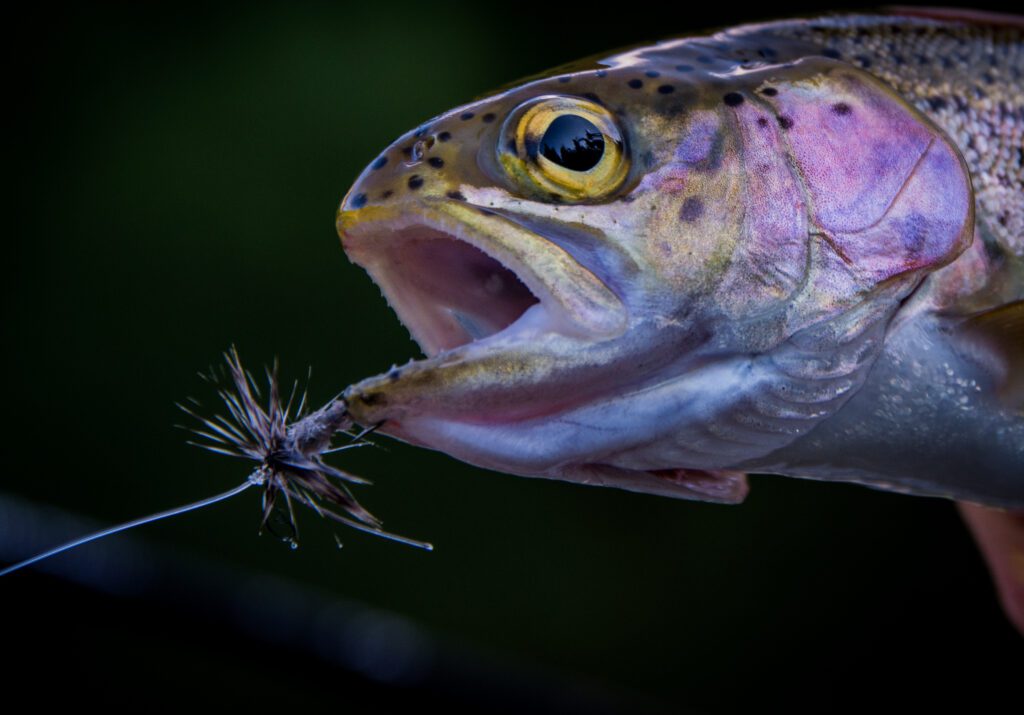
Backcountry fishing is often done in solitude. Once you find a few of these high mountain lakes you will soon realize which ones are popular with other hikers and anglers and which ones are “secret”. If you find a lake that is full of trout, and nobody around, then do yourself a favor and keep it a secret. These lakes cannot take much pressure and if you post your trip on social media and include the lake, trail, or even a nearby mountain then soon the lake will get new visitors and the next time you go there it might be void of fish.
Then again, there are several lakes that are already popular, and those lakes tend to get regular re-stocking of fish so if you find other anglers do not feel bad about it. Same with harvesting a fish or two for dinner, these lakes either had or have a natural way to repopulate them with trout or were sterile to begin with and the fish were introduced into the lake for the specific reason to be caught. This does not mean you should catch a limit of trout to take home as there are plenty of lowland lakes to do that with. Instead, catch and release using artificial flies and lures is a wonderful way to spend the day. When it’s time for lunch, you can eat what you caught.
When it comes to cooking your catch, again, know the rules if you can have a campfire or not. A small titanium frying pan and a butane stove is a great way to cook up some fish. If fires are allowed, then packing a small piece of tinfoil is lightweight and makes cooking the fish easy or you can make a skewer and cook it open over the rising heat of the flames. High mountain trout make a great lunch, probably because of the work it takes to get to these lakes as well as the views as you sit along the shoreline.
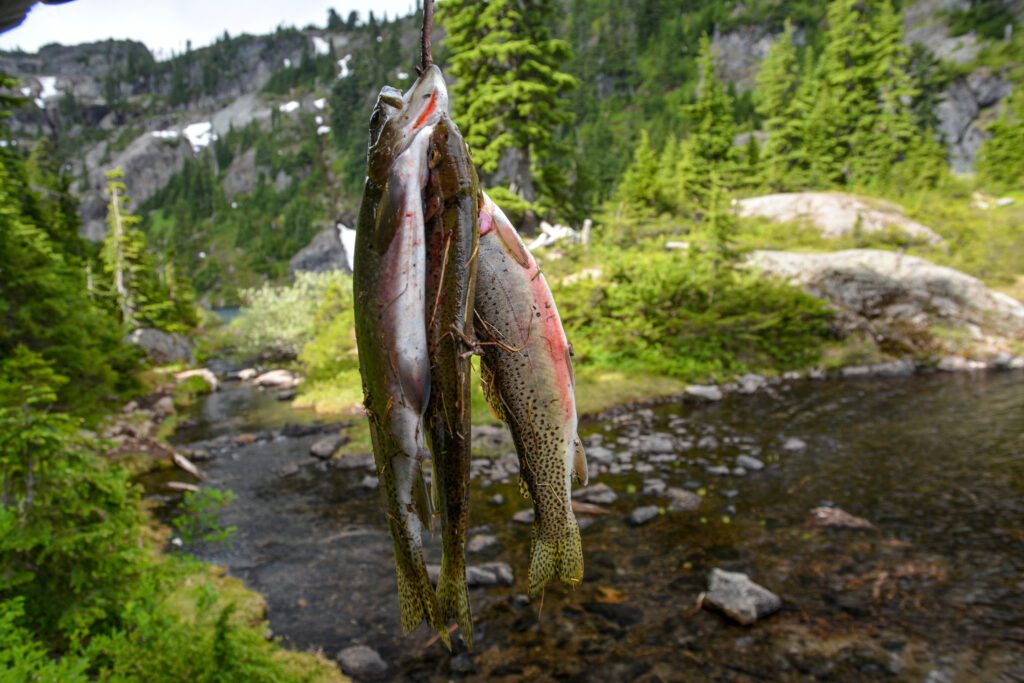
One of my favorite ways to fish high mountain lakes is with a lightweight fiberglass spinning rod. This rod is nearly indestructible and can take a beating while strapped to my pack. The spinning outfit allows the angler to cast lightweight lures such as Roostertail’s and other spinners, but you can also use a plastic bubble style bobber and a dry fly. Fly fishing is a lot of fun and a lot of the lakes will have gradual shorelines as they are remnants of large ice fields. Other lakes might have a scree field where you can climb out on the rocks but be aware of your back cast and that rocks can shift.
In the early part of the month it might still be a bit chilly to wade, but by month’s end a day out swimming and wading in the cool water also means being able to cast further. Regardless if you use a fly rod or the spinning rod with a bubble bobber very few things can beat a rising trout taking a dry fly. Most of these fish will be small and malnourished due to long winters and not much bug activity in the chilly water. This means using small dry flies such as a size 12 elk hair caddis or a size 14 mosquito. Light leaders in 4 to 6-pound monofilament will suffice and keeping the mainline light, around 6 to 8-pound test will help with casting long distances.
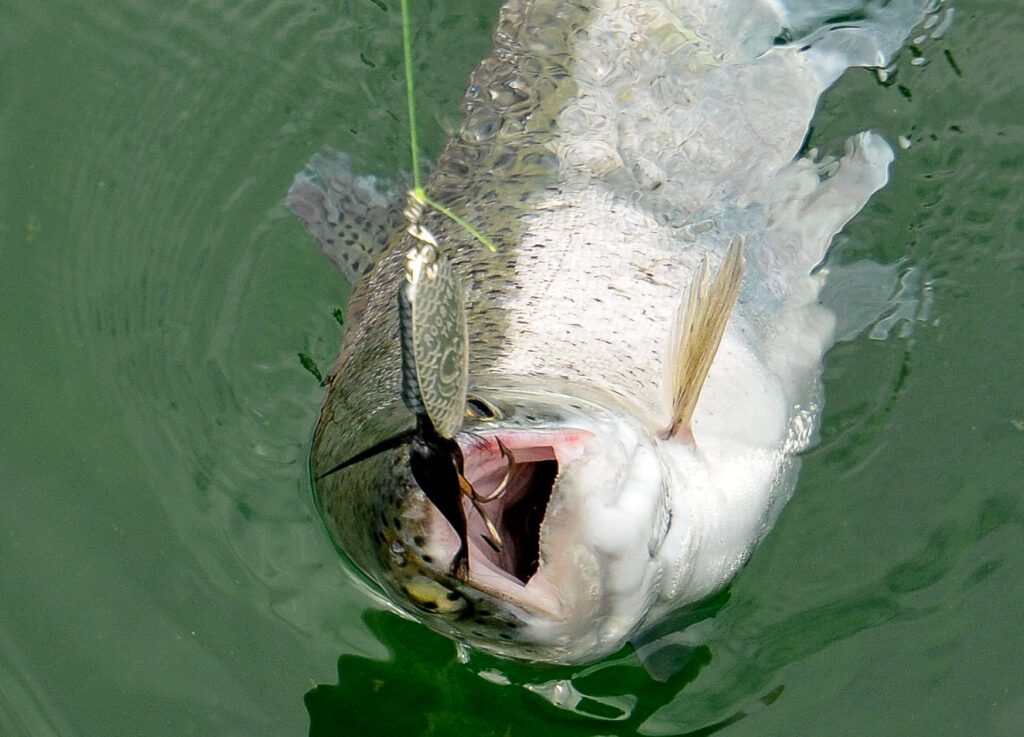
June offers the first chance at getting up to the backcountry. Lakes will become active with hungry trout and snow will melt from the trails. Load up the pack, be ready for changing conditions and strap on the trout rod. It is finally time to head to the high mountain lakes for some great fishing with incredible views.
Cooking Backcountry Trout
When it comes to a shore lunch along the banks of a high mountain lake it is hard to beat fresh trout. To make things easier pre-mix a spice shaker with some flour and your favorite spices, salt and pepper. This will help with adding flavor to the fish and keeps the mess down. Clean the trout and then butterfly it, cutting along the backbone from the underside, keeping the skin intact. Then simply shake the flour and spice mixture onto the flesh of the fish. When it comes to frying the fish, take along a small jar of coconut oil as it will remain solid at room temperature.
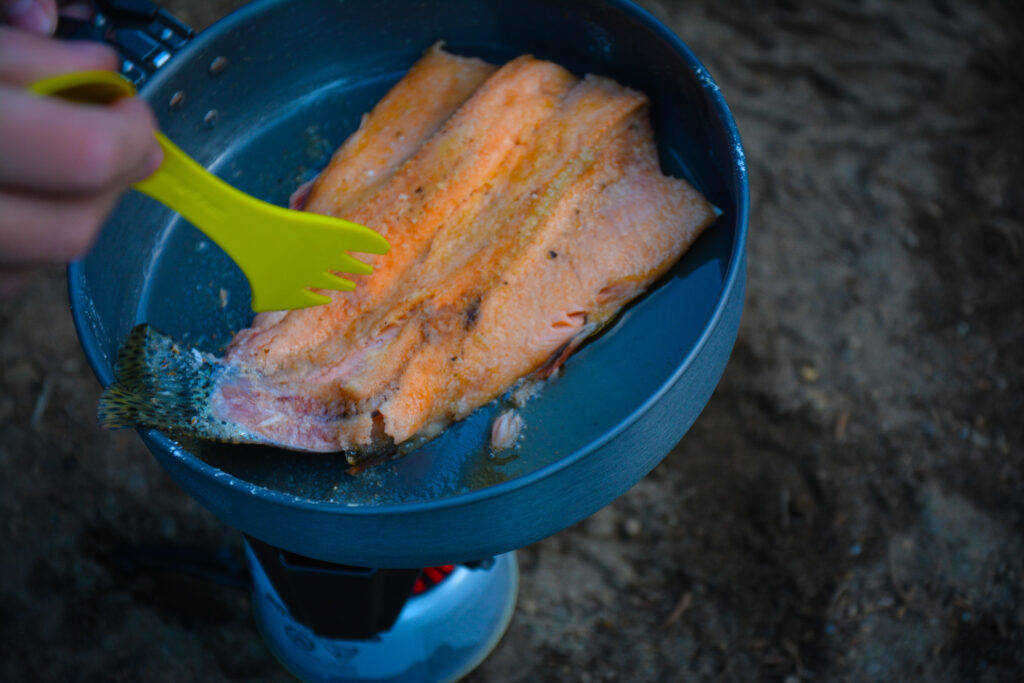
No worries about it leaking or spilling into your pack on the hike up to the lake. Scoop some out and put it in the frying pan and it turns into your standard frying oil and adds to the flavor. Once you are done cooking and the pan cools the oil turns back into a solid and can be scraped out of the pan and if you clean your pan in a nearby creek it will not mix with the water or stick to any rocks, though you should not clean anything in a creek. The coconut oil can be easily wiped out with a paper towel and stored in a zip-loc bag and can be used as a fire starter if needed much like paraffin waxed paper.

Another fun way to cook backcountry trout is to butterfly it just like described above and then use green sticks to skewer it. Build a small fire (where permissible) between rocks or make a rock oven and once the fire dies down place the skewered fish over the hot coals. Season with your favorite seasoning salt and let the heat cook the fish. Easy and no dishes to clean up afterward.





